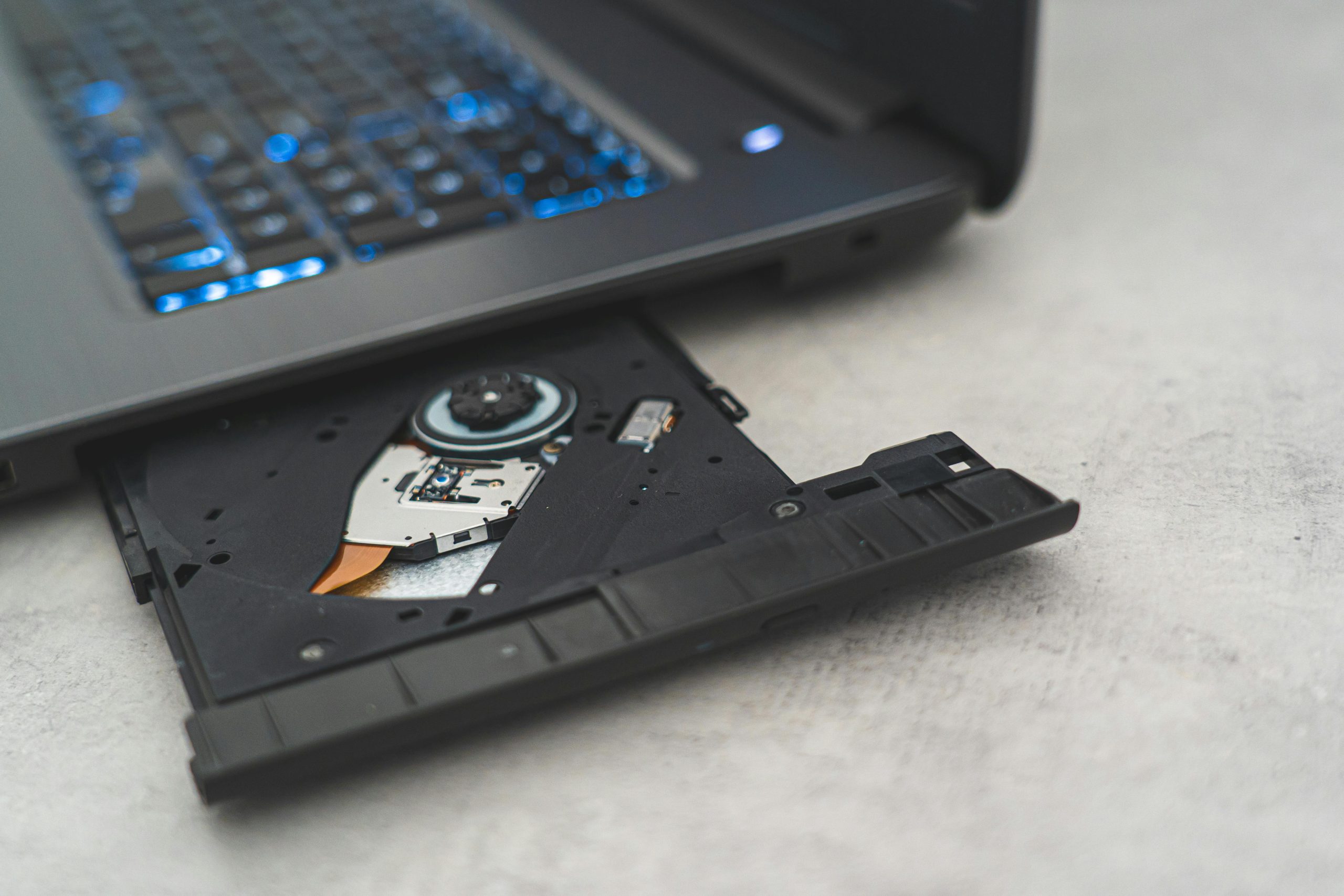Enhancing Multi-Monitor Performance: Troubleshooting HDMI Bandwidth Challenges for 144Hz Display Setup
In today’s multi-display environments, achieving optimal refresh rates and resolution can be a complex endeavor, especially when utilizing HDMI splitters. If you’re facing challenges in running multiple 1440p monitors at 144Hz through an HDMI splitter, understanding the intricacies of bandwidth and hardware compatibility is essential. This guide delves into common issues and offers professional insights to optimize your multi-monitor setup.
Understanding Your Hardware and Setup
Monitor Configuration and Connectivity:
You are operating three 1440p monitors, with your GPU equipped with two HDMI outputs and two DisplayPort outputs. Your current setup involves connecting the middle monitor via DisplayPort, which functions flawlessly, and the side monitors via HDMI.
Cable Specifications:
The HDMI cables in use are 3 meters long and rated for 18Gbps bandwidth, aligning with standard HDMI 2.0 specifications. Shorter cables of 0.5 meters, from the same brand, are used between the splitter and the GPU.
Equipment and Capabilities:
– GPU Outputs: 2 HDMI and 2 DisplayPort.
– Splitter: HDMI 2.1 rated for 48Gbps, intended to support high-bandwidth transmissions.
– Desired Performance: 1440p resolution at 144Hz across all monitors.
Identified Issue: Bandwidth Bottleneck Through Splitter
While direct connections allow all three monitors to display at 144Hz seamlessly, introducing an HDMI splitter complicates this performance. Specifically, when attempting to route signals through the splitter, the side monitors are limited to 60Hz, with frequent signal dropouts.
The core of the problem lies in bandwidth allocation and data throughput. At 1440p and 144Hz, the pixel data demands approximate 14Gbps, which theoretically fits within HDMI 2.0’s 18Gbps ceiling. However, real-world factors—such as overhead, compression, and split configurations—can reduce effective bandwidth. When splitting the signal, the splitter must encode, multiplex, and transmit multiple high-bandwidth signals simultaneously, increasing the strain on the connection.
Common Causes and Solutions
1. Inadequate Splitter or Cable Performance:
Despite the HDMI 2.1 rating, not all splitters or cables are created equal. Some devices might not fully support high refresh rates across multiple outputs. Ensure your splitter explicitly supports 144Hz
Share this content:



